Both are used to treat fine lines and wrinkles
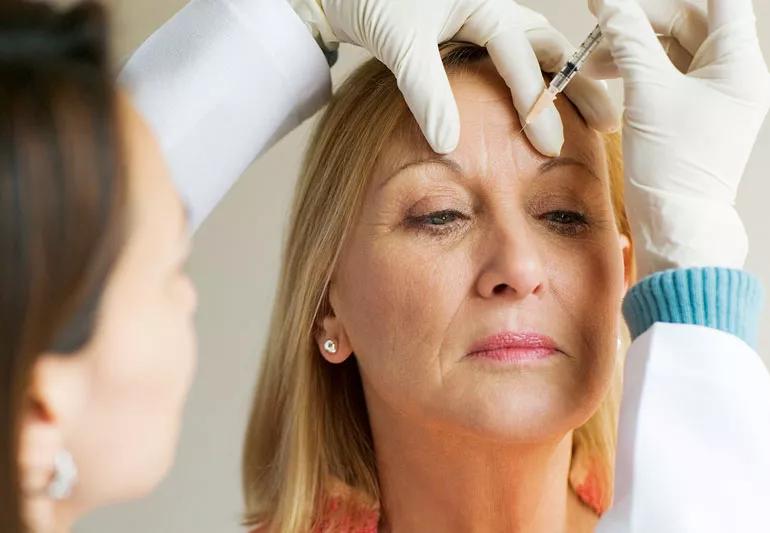
If you’ve been noticing wrinkles when you look into the mirror, you may be considering botulinum toxin injections.
Advertisement
Cleveland Clinic is a non-profit academic medical center. Advertising on our site helps support our mission. We do not endorse non-Cleveland Clinic products or services. Policy
While Botox® has been the go-to botulinum toxin injection for years, there are other options, like Dysport®.
Sometimes used to treat spasms from neurological disorders and other medical conditions, these types of injections are typically used as facial wrinkle treatments.
“Botox and Dysport are both used to reduce the appearance of fine lines and wrinkles caused by facial expressions,” says dermatologist Shilpi Khetarpal, MD.
Botulinum toxins are safe in small amounts. But the formula for Botox and Dysport is slightly different based on what kind of protein is attached to the botulinum toxin A molecule, says Dr. Khetarpal.
“Botox and Dysport have the same primary active ingredient, but a different protein allows Dysport to diffuse further or spread more,” she says.
The effects of both Botox and Dysport last for about four months, but the effects of Dysport tend to appear faster than Botox — about two days compared to Botox’s week timeline.
So, how do you decide what’s right for you? Dr. Khetarpal explains how both options work.
Botox, like Dysport, is a type of neurotoxin that blocks muscle contractions, essentially relaxing the muscles under your skin. It’s a noninvasive way to treat forehead lines, crow’s feet and glabellar lines (those vertical lines between your eyebrows).
Advertisement
There’s no need for hospitalization with this procedure. You can receive injections in your doctor’s office and it only takes a few minutes.
Cost is a consideration when deciding if Botox is right for you. Injections for cosmetic purposes aren’t covered by your insurance. According to the American Society of Plastic Surgeons, the average cost is $466 per session. The effects of Botox typically last four months. If you want to maintain Botox’s effects, follow-up injections will be needed.
The recommended dosage of Botox varies by treatment area. For example, if you want to treat your crow’s feet, you may need 24 units divided between six injections. Glabellar lines may need 20 units divided into five portions.
Just like Botox, Dysport can be administered at your doctor’s office, and it only takes a few minutes to receive injections. And like Botox, if you want to maintain Dysport’s effects, follow-up injections will be needed.
Dysport is approved by the U.S. Food and Drug Administration (FDA) to only treat moderate or severe glabellar lines.
According to the American Society of Plastic Surgeons, the average cost is $466 per session, the same as Botox.
The recommended dosage of Dysport is up to 50 units divided into five portions injected into the targeted area.
“The rule of thumb is one Botox unit equals three Dysport units,” says Dr. Khetarpal. “So, if you get 20 Botox units, you will likely need 60 Dysport units. They’re just measured differently.”
There aren’t many differences between Botox and Dysport.
You may find that Dysport is less expensive than Botox, but that varies from doctor to doctor.
Some people may feel that Dysport lasts longer, but Dr. Khetarpal says each type of treatment lasts for about four months.
The formulas for Botox and Dysport are slightly different based on the protein used in each. Dysport’s formula is known to spread a little bit more once injected into the skin. Dysport is only approved by the FDA to treat glabellar lines, too. Botox is approved by the FDA to treat glabella lines, forehead lines and crow’s feet.
The side effects for Dysport and Botox are the same. You may experience:
“For both Dysport and Botox, we’re using a needle. Just like any injection, there is a little bit of redness and swelling and the potential for a bruise, which would just last a few days,” says Dr. Khetarpal.
If you’ve tried wrinkle creams and treatments and you’re not getting the effect you desire, Botox or Dysport may be a good option for you.
Advertisement
Those who have neuromuscular disorders, are allergic to ingredients in Botox or Dysport ingredients, or are pregnant or nursing should avoid using these injections.
Botox and Dysport are most effective when used on dynamic lines, those that appear when you’re frowning or raising your eyebrows, for example. Once you see those lines when your face is at rest, it becomes harder to treat.
“It’s best to start early, instead of waiting until you have those deep, etched lines,” Dr. Khetarpal says. “In an optimal world, starting in your 30s or 40s is very reasonable.”
But when it comes to deciding between Botox or Dysport, turn to your doctor. They can weigh the pros and cons with you.
“Have a conversation with your doctor about what wrinkles you’re bothered by,” advises Dr. Khetarpal. “Each person is different so there isn’t one product that works for everyone.”
Also, look for a healthcare provider who’s board-certified in a core specialty. Those in specialties like dermatology, plastic surgery, facial plastics and ocuoloplastics have had extensive training in facial anatomy and cosmetic injectables. Don’t be afraid to ask for before-and-after photos of other people to see if you’d be happy with the results, too.
Advertisement
Overall, Dysport and Botox can be effective treatments. And just because you try Botox or Dysport once, doesn’t mean you have to use it again. It’s all about what makes you feel good about your appearance.
“It can be a very simple, straightforward treatment with minimal risk,” says Dr. Khetarpal. “It can really improve your appearance and make you look more awake and well-rested while looking natural.”
Advertisement
Learn more about our editorial process.
Advertisement
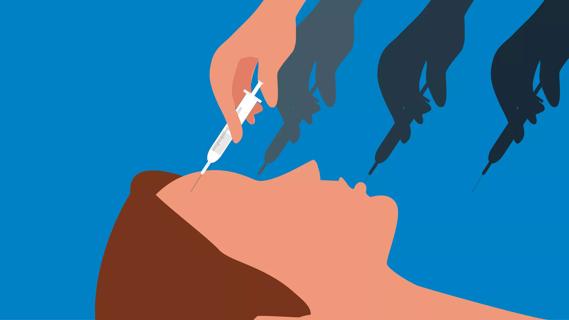
Most recommended precautions center around minimizing bruising or swelling
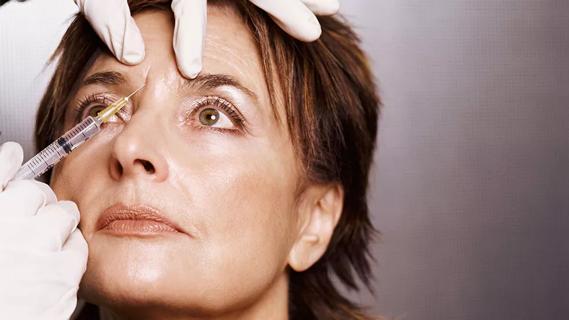
With repeat injections over time, you may be able to slow the development of new wrinkles

The cosmetic injection may help train your muscles out of frowning, but there’s no hard data to say for sure
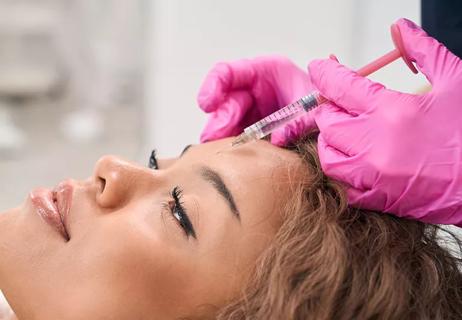
One reduces wrinkles by relaxing muscles; the other adds volume and smooths skin

They both treat fine lines and wrinkles, but how they’re made and how long results last differ

The big difference with this procedure is the smaller dosing

It’s an FDA-approved treatment for urinary incontinence and overactive bladder
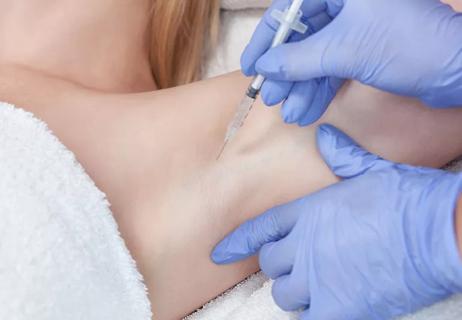
If you're tired of products that don’t stop your serious sweating, Botox could be life-changing

Start having sex about 72 hours before ovulation, then at least every other day during your fertile window

Attachment theory suggests that your earliest relationships shape connections throughout your life

It isn’t a recognized mental health disorder, but research shows that problematic social media use can negatively affect your mental health, self-esteem and sleep